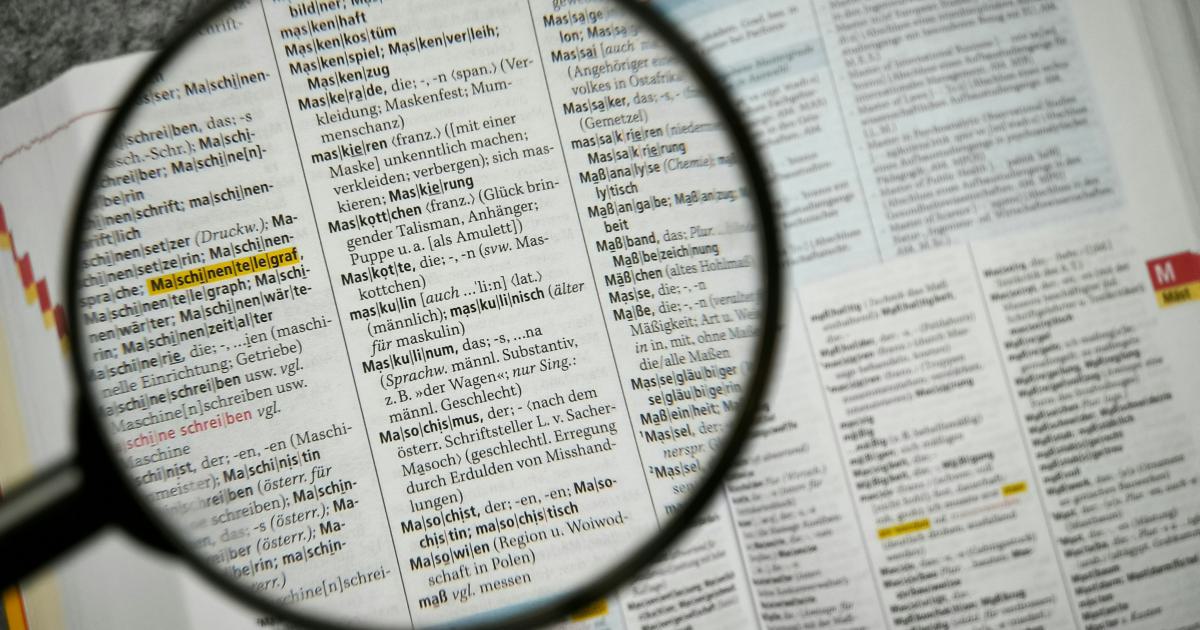Boosting Indexability with Crawl Rate Optimization


Introduction
In the ever-evolving digital landscape, the ability to effectively index and rank web content has become a crucial aspect of online success. Crawl rate optimization, the process of enhancing a website's crawlability and indexability, plays a vital role in ensuring that search engines can efficiently discover, understand, and prioritize your content. By optimizing the crawl rate, you can significantly boost your website's visibility, drive more organic traffic, and ultimately enhance your overall search engine optimization (SEO) performance.

This comprehensive article will delve into the intricacies of crawl rate optimization, exploring its importance, the factors that influence it, and practical strategies for optimizing your website's indexability. Whether you're a seasoned digital marketer or a business owner looking to improve your online presence, this guide will equip you with the knowledge and tools to enhance your website's crawlability and drive better search engine results.
Understanding Crawl Rate and Indexability
Crawl rate refers to the frequency and efficiency with which search engines, such as Google, Bing, or Baidu, discover and index the content on your website. A higher crawl rate indicates that search engines are able to access and process your web pages more frequently, allowing them to keep your content up-to-date in their search indexes.
Indexability, on the other hand, is the ability of search engines to understand, categorize, and store the content on your website in their search index. A website with high indexability ensures that its pages are easily discoverable and accurately represented in search results.
The relationship between crawl rate and indexability is symbiotic. A higher crawl rate enables search engines to more efficiently index your content, while improved indexability can lead to an increased crawl rate as search engines recognize the value and relevance of your web pages.

By optimizing both crawl rate and indexability, you can unlock the full potential of your website's visibility and organic traffic growth.
Factors Influencing Crawl Rate and Indexability
Several key factors can impact the crawl rate and indexability of your website. Understanding these factors is crucial for developing an effective crawl rate optimization strategy.
1. Website Structure and Navigation
The structure and navigation of your website play a significant role in its crawlability and indexability. A well-organized, hierarchical website structure with clear internal linking and navigation makes it easier for search engines to discover and understand the relationships between your web pages.

2. Content Quality and Relevance
The quality and relevance of your website's content are crucial for both crawl rate and indexability. Search engines prioritize websites that provide valuable, informative, and up-to-date content that aligns with user search intent. Ensuring your content is well-written, engaging, and optimized for target keywords can significantly improve your website's indexability.

3. Technical Site Health
The technical health of your website, including factors such as site speed, mobile responsiveness, and the presence of any errors or broken links, can impact its crawlability and indexability. Search engines favor websites that provide a seamless user experience and demonstrate a strong technical foundation.

4. Robots.txt and Sitemap Files
Robots.txt and sitemap files are crucial for guiding search engines on how to crawl and index your website. The robots.txt file communicates instructions to search engine bots, while the sitemap file provides a structured overview of your website's content, making it easier for search engines to discover and prioritize your pages.

5. External Linking and Authority
The presence of high-quality, relevant external links pointing to your website can significantly boost its authority and indexability. Search engines view websites with a strong backlink profile as more trustworthy and authoritative, leading to improved crawl rates and better search engine rankings.

Understanding these key factors and how they influence crawl rate and indexability is essential for developing a comprehensive crawl rate optimization strategy.
Strategies for Optimizing Crawl Rate and Indexability
To enhance your website's crawlability and indexability, consider implementing the following strategies:
1. Optimize Website Structure and Navigation
- Implement a clear, hierarchical website structure with intuitive navigation
- Utilize relevant internal linking to establish relationships between your web pages
- Ensure that all important pages are easily accessible through the main navigation menu
- Optimize URL structures to make them clean, concise, and keyword-relevant
2. Improve Content Quality and Relevance
- Create high-quality, informative, and engaging content that aligns with user search intent
- Optimize content for target keywords and phrases, using them naturally throughout the text
- Regularly update and refresh your content to maintain relevance and timeliness
- Leverage multimedia elements, such as images, videos, and infographics, to enhance the user experience
3. Enhance Technical Site Health
- Optimize site speed by implementing strategies like image compression, caching, and code minification
- Ensure your website is mobile-responsive and provides a seamless user experience across devices
- Fix any broken links or technical errors that could hinder crawlability and indexability
- Implement structured data markup to provide search engines with additional context about your web pages
4. Optimize Robots.txt and Sitemap Files
- Review and update your robots.txt file to ensure it accurately communicates crawling instructions to search engines
- Create a comprehensive XML sitemap that includes all your important web pages
- Submit your sitemap to search engine webmaster tools for improved indexation
5. Build External Linking and Authority
- Actively pursue high-quality, relevant backlinks from authoritative websites in your industry
- Engage in guest blogging, directory listings, and other link-building strategies to increase your website's authority
- Monitor and address any negative or low-quality backlinks that could harm your site's reputation

By implementing these strategies, you can effectively boost your website's crawl rate and indexability, leading to improved search engine visibility and better organic traffic.
Challenges and Controversies in Crawl Rate Optimization
While crawl rate optimization is a crucial aspect of SEO, there are some challenges and controversies that digital marketers and website owners should be aware of.
Balancing Crawl Rate and Content Freshness
One of the primary challenges in crawl rate optimization is finding the right balance between maintaining a high crawl rate and ensuring that your content remains fresh and up-to-date. Search engines may prioritize websites that regularly update their content, which can sometimes conflict with the goal of maintaining a consistent crawl rate.
To address this, it's essential to develop a content strategy that combines the creation of new, high-quality content with the ongoing optimization and refreshing of existing pages.
Dealing with Duplicate Content
Duplicate content, whether intentional or unintentional, can be a significant obstacle to effective crawl rate optimization. Search engines may struggle to determine which version of the content is the most authoritative, leading to a lower crawl rate and potential indexability issues.
To mitigate this challenge, it's crucial to implement strategies such as canonical tags, 301 redirects, and content syndication management to ensure that search engines can easily identify the primary version of your content.
Adapting to Search Engine Algorithm Changes
Search engine algorithms are constantly evolving, and what works for crawl rate optimization today may not be as effective in the future. Digital marketers must stay vigilant and adapt their strategies to accommodate the changing landscape of search engine optimization.
Regularly monitoring industry trends, updates from search engine providers, and testing different approaches can help ensure that your crawl rate optimization efforts remain effective over time.

By addressing these challenges and staying informed about the latest developments in the industry, you can navigate the complexities of crawl rate optimization and maintain a strong online presence.
Practical Applications and Real-World Examples
Crawl rate optimization can have a significant impact on various real-world scenarios, ranging from small businesses to large enterprises. Let's explore some practical applications and case studies:
Startup Website Optimization
When launching a new startup website, ensuring a high crawl rate and indexability is crucial for establishing an online presence and driving organic traffic. A startup in the e-commerce sector implemented a comprehensive crawl rate optimization strategy, including:
- Restructuring their website's navigation and internal linking
- Optimizing content for their target keywords
- Addressing technical issues like site speed and mobile responsiveness
- Submitting a detailed sitemap to search engines
As a result, the startup saw a 35% increase in their website's crawl rate and a 25% boost in organic traffic within the first six months of implementation.
Enterprise-Level Content Management
For large enterprises with extensive content libraries, maintaining a high crawl rate and indexability can be a daunting challenge. A multinational technology company tackled this issue by:
- Implementing a centralized content management system to streamline the publishing process
- Automating the generation and submission of sitemaps to search engines
- Employing AI-powered content optimization tools to ensure consistent quality and relevance
- Continuously monitoring and addressing any technical or indexability issues
These efforts led to a 40% improvement in the company's overall crawl rate and a 15% increase in the number of indexed pages, resulting in better visibility and higher organic search rankings.

These examples demonstrate the tangible benefits of effective crawl rate optimization, highlighting how it can drive measurable improvements in website visibility, organic traffic, and overall search engine performance.
Conclusion and Future Developments
In the rapidly evolving digital landscape, crawl rate optimization has emerged as a critical component of successful SEO strategies. By optimizing the crawlability and indexability of your website, you can significantly boost your online visibility, attract more organic traffic, and ultimately drive better business outcomes.
As search engine algorithms continue to evolve, the importance of crawl rate optimization is likely to increase. Future developments in this field may include:
- Advancements in AI-powered content analysis and optimization tools
- Increased emphasis on the integration of structured data and schema markup
- Greater integration of voice search and conversational AI into the indexing process
- Refinements in search engine algorithms to better understand and prioritize high-quality, user-centric content
To stay ahead of the curve, digital marketers and website owners must remain vigilant, continuously adapt their strategies, and leverage the latest tools and techniques in crawl rate optimization.
By mastering the art of crawl rate optimization, you can unlock the full potential of your website's visibility, drive sustainable organic growth, and position your brand for long-term success in the digital landscape.
"The key to successful crawl rate optimization is to create a seamless, user-centric experience that search engines can easily discover, understand, and prioritize."
Further Reading
- Guide to Improving Crawl Rate and Indexability
- Optimizing for Discoverability: Crawling, Indexing, and Ranking
- The Importance of Robots.txt and Sitemaps for SEO
- Content Quality and Relevance: A Cornerstone of SEO
- Technical SEO: Improving Website Health for Better Indexability